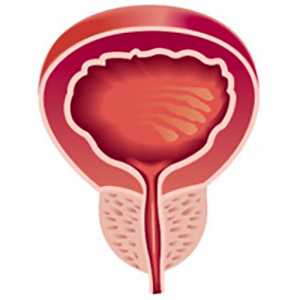Molecular analysis of microorganisms in the semen and their impact on semen parameters

Accepted: April 7, 2022
All claims expressed in this article are solely those of the authors and do not necessarily represent those of their affiliated organizations, or those of the publisher, the editors and the reviewers. Any product that may be evaluated in this article or claim that may be made by its manufacturer is not guaranteed or endorsed by the publisher.
Authors
Objective: Chronic genitourinary infections can alter male fertility and even promote carcinogenic processes. This study aimed to evaluate the effect of the presence in the semen of microorganisms on semen quality. Materials and methods: Clinical symptoms and conventional and functional seminal parameters of eleven fertile donors and ten volunteers with prostatitis-like symptoms were evaluated. Nitric oxide, antioxidant capacity, and pro-inflammatory cytokines in semen and seminal plasma samples were also quantified. Finally, the expression of the ROR-γT, FoxP3, and T-bet genes in semen and the presence of DNA of microorganisms associated with prostatitis in urine and semen were evaluated. Results: When compared with fertile donors, volunteers with chronic prostatitis-like symptoms reported erectile dysfunction (0% vs. 10%, p = 0.2825) and premature ejaculation (0% vs. 40%; p = 0.0190). No statistically significant differences were observed in seminal parameters, cytokine measurement, antioxidant capacity, nitric oxide concentration and ROR-γT, FoxP3, T-bet. Microorganisms responsible for sexually transmitted infections and some bacteria associated with the microbiota and infections in the prostate gland were detected. In the semen from the subjects with prostatitis-like symptoms T. vaginalis DNA was detected; in addition, N. gonorrhoeae DNA was also detected in semen and urine samples. S. pyogenes was detected in the urine samples from the control group. Conclusions: Prostatitis-like symptoms are a common finding in young men that affect sexual and reproductive health, but not always the seminal parameters or fertility. The presence of prostatitis- like symptoms does not affect seminal quality. However, it appears to be associated with an increased likelihood of erectile dysfunction and premature ejaculation. Thus, affecting the quality of life and sexual and reproductive health.
How to Cite
PAGEPress has chosen to apply the Creative Commons Attribution NonCommercial 4.0 International License (CC BY-NC 4.0) to all manuscripts to be published.

 https://doi.org/10.4081/aiua.2022.2.199
https://doi.org/10.4081/aiua.2022.2.199



